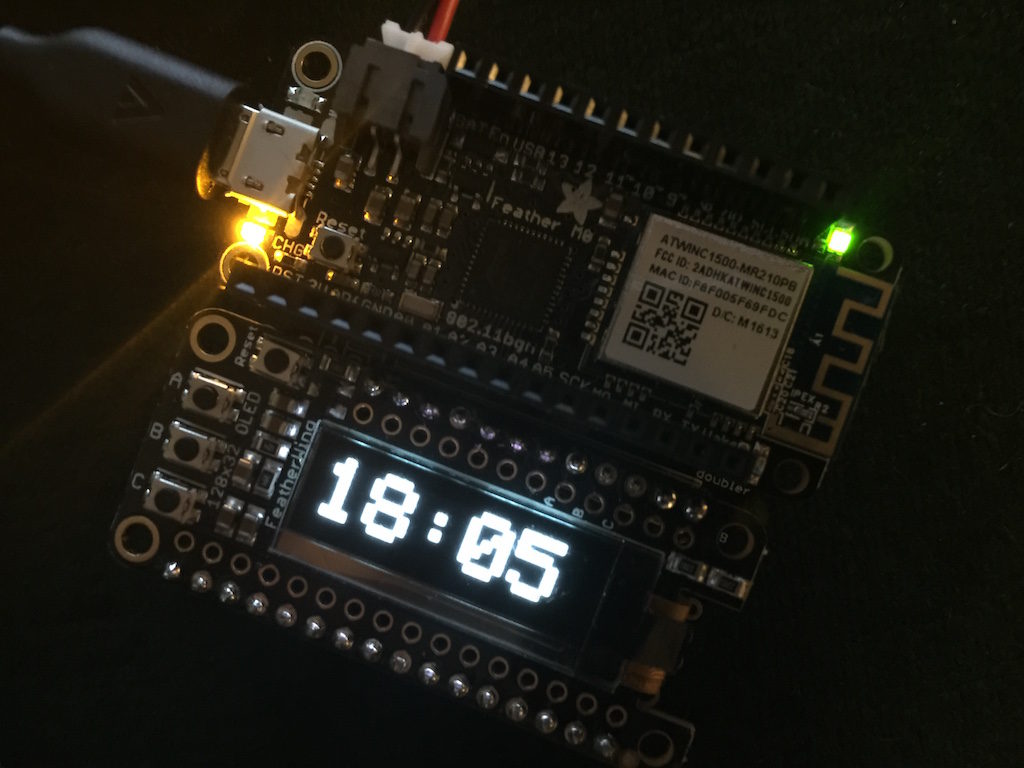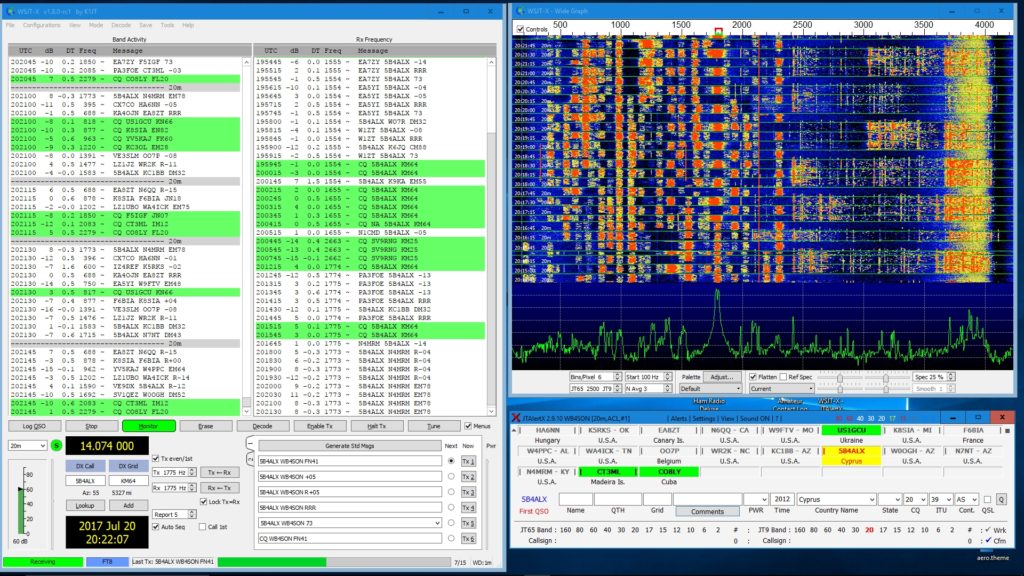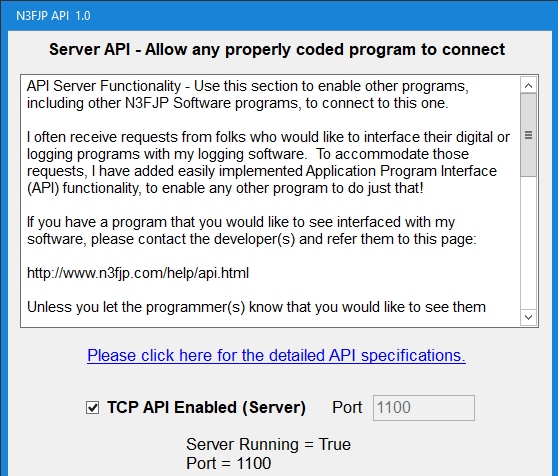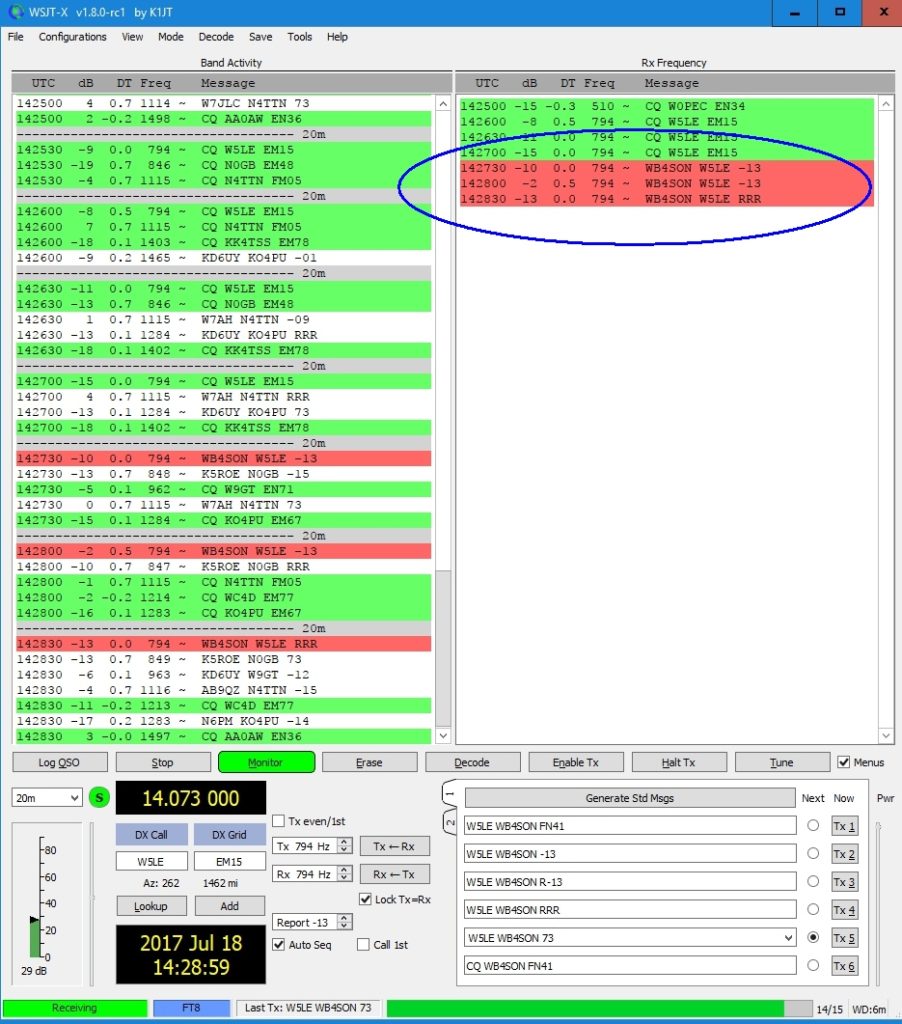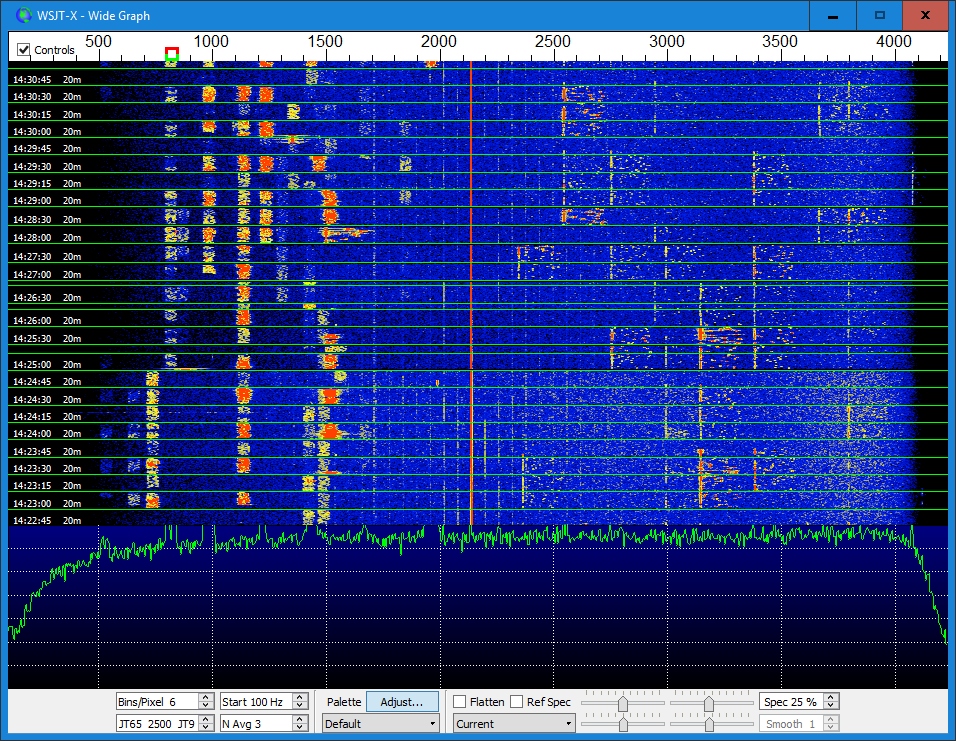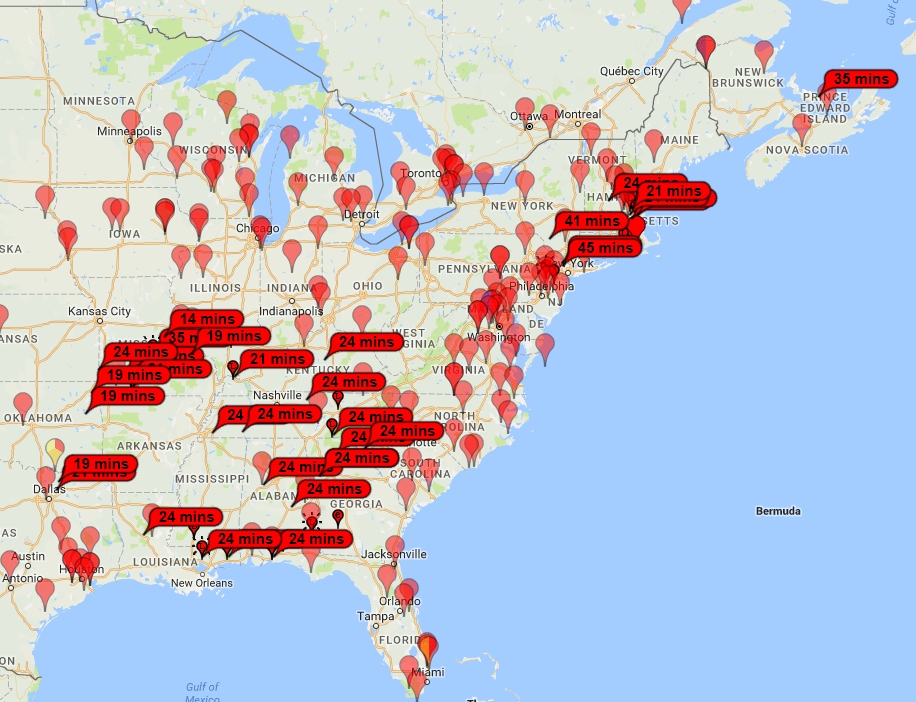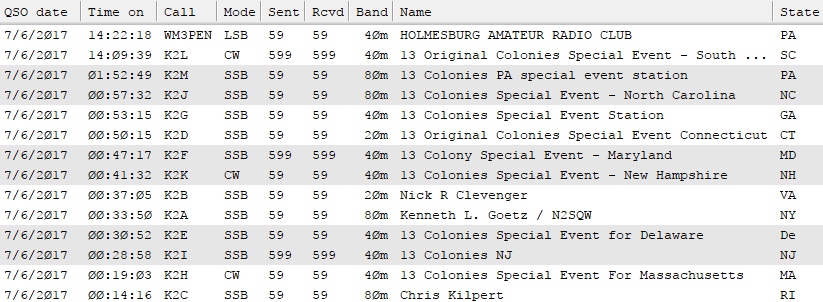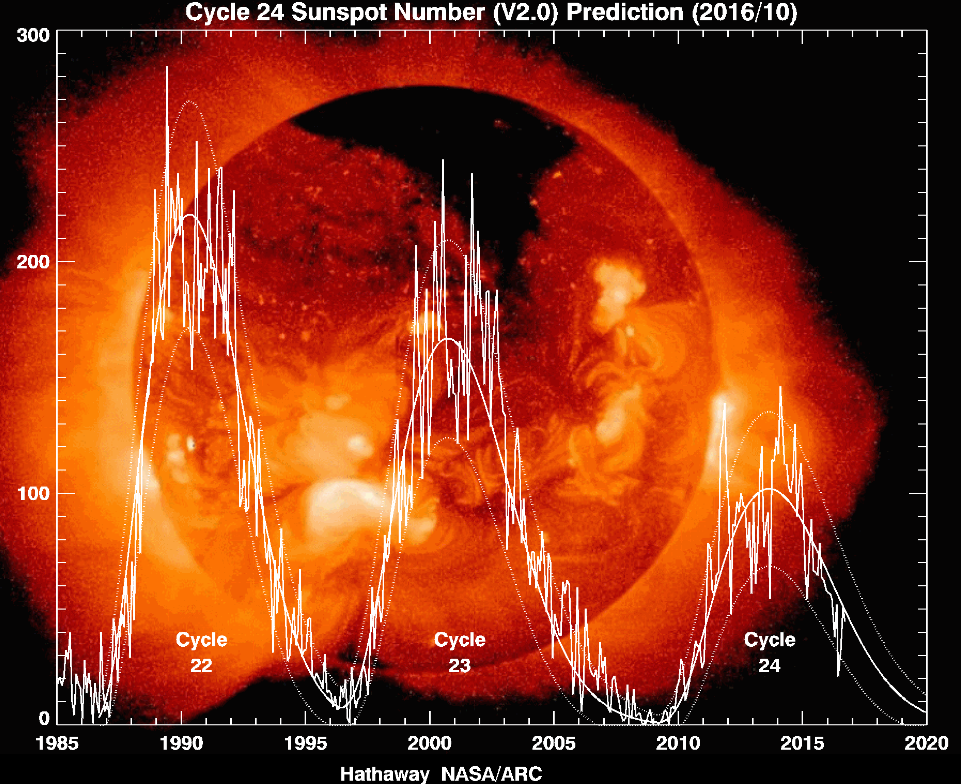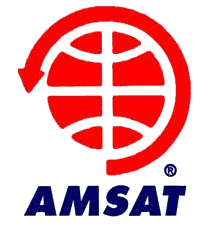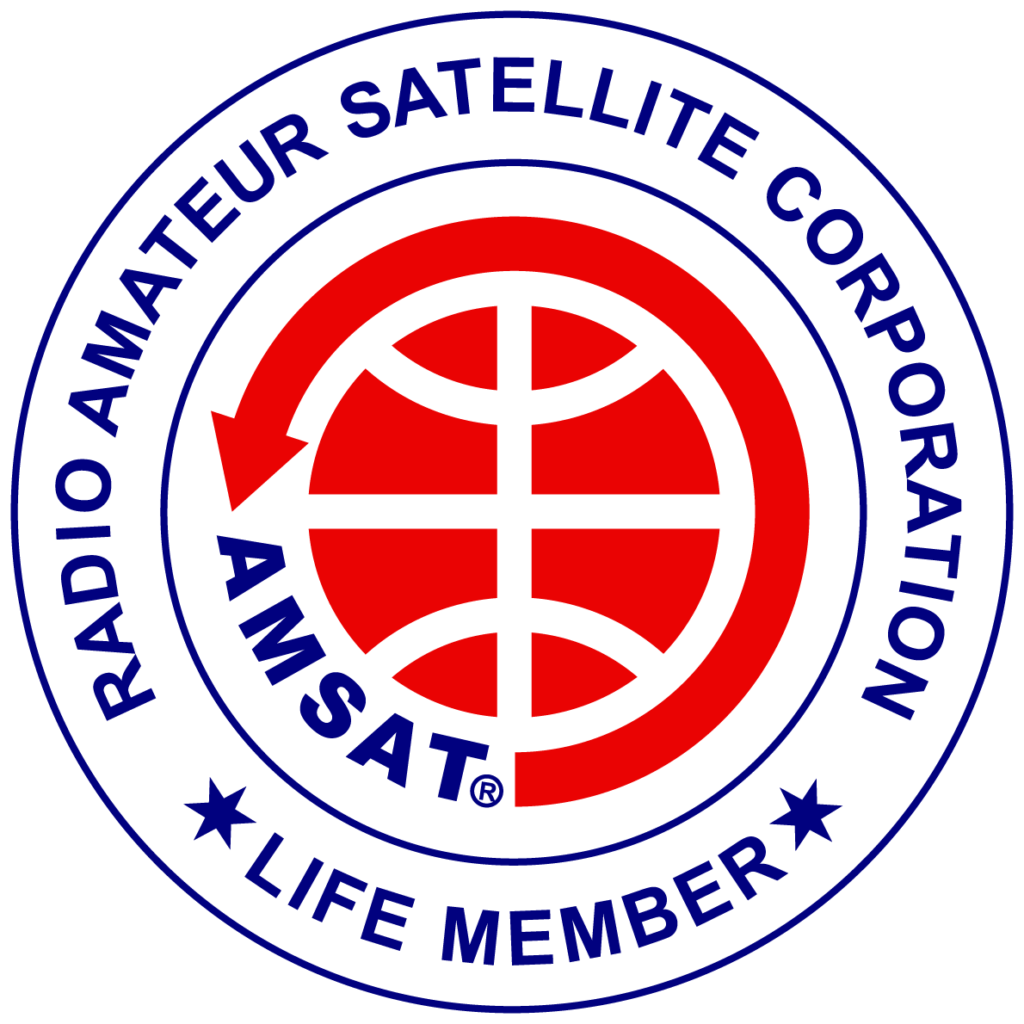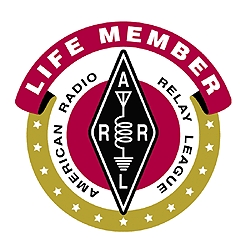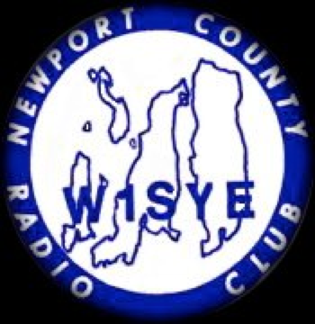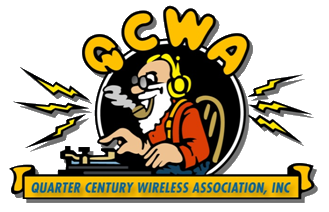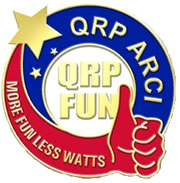I’ve been bouncing between my Windows PC and a Macbook Pro as I am writing the code for the Feather NTP Clock. (Gotta love BitBucket and TortoiseHG which provide me with the latest source code wherever I am).
While it isn’t unique to the Adafruit Feather, I’ve been having frequent OS X Kernel Panics — the Mac equivalent of a Blue Screen of Death — when using the Arduino IDE with the Feather connected via USB. The Macbook always recovers but the reboot process is about a minute long.
There is lots of online stuff, mostly rumors of fixes like loading signed drivers for the Chinese CH340 USB chip, which isn’t used by the Feather at all. Sadly, none of the online suggestions works.
What DOES work, is using a USB Hub. In my case it was a DLINK Powered USB 2.0 hub, but I suspect that any hub would be adequate, because the Powerbook USB connection is no longer direct to the Arduino device.
NOTE: Using a hub will certainly change the OS X detected port, so make sure to get the correct port selected in the IDE.

